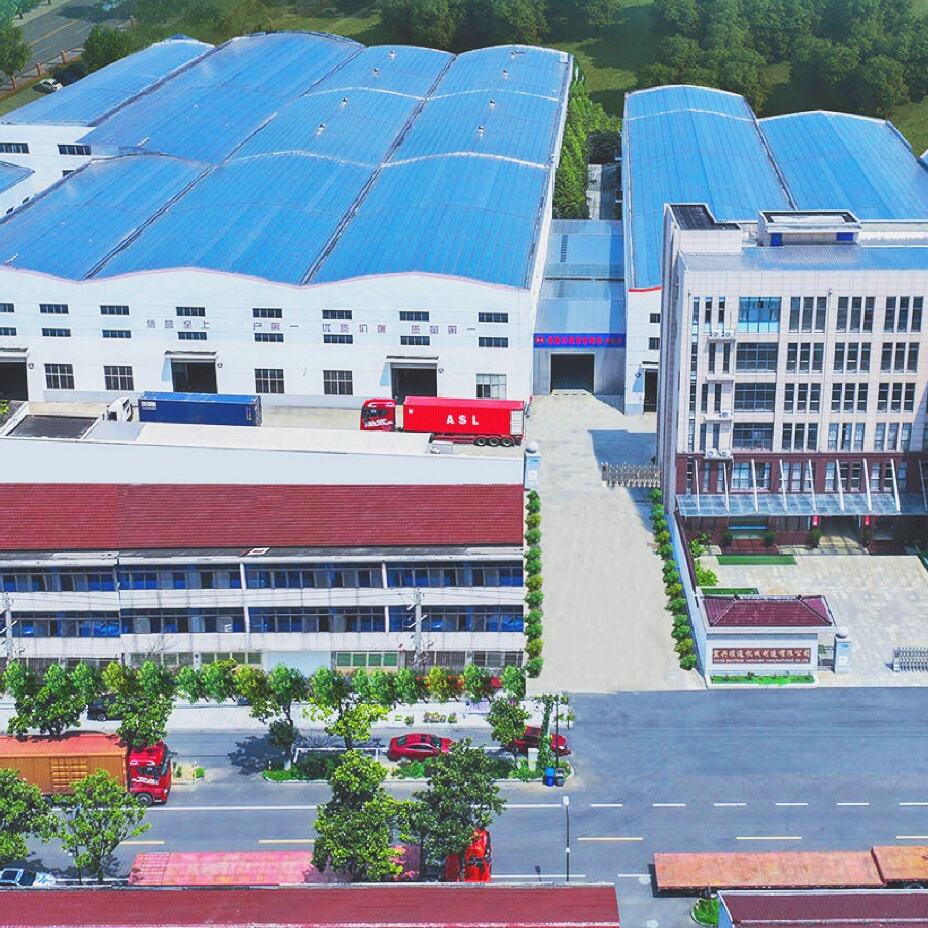Fishing Net Extrusion Machinery: Unlocking Growth Prospects for the Global Fishing & Aquaculture Industries
The core application prospect of fishing net extrusion machinery lies in its role as a backbone for meeting the surging global demand for fishing nets. As the world’s seafood consumption continues to rise—driven by population growth and increased focus on protein-rich diets—fisheries and net manufacturers face pressure to produce larger quantities of durable, high-performance nets. This machinery enables efficient extrusion of key net materials (such as nylon, polyethylene, and polypropylene) into consistent, strong filaments, supporting the production of various net types (gill nets, trawl nets, seine nets) that suit different fishing methods. Its ability to scale output while maintaining material quality directly addresses the industry’s need to keep up with market demand, making it indispensable for large-scale net production facilities.
Beyond traditional ocean fishing, fishing net extrusion machinery is expanding into the fast-growing aquaculture sector, opening a new layer of application prospects. Modern aquaculture (fish, shrimp, and shellfish farming) relies heavily on specialized nets—including cage nets, pond dividers, and anti-predator nets—that require precise mesh sizes, tensile strength, and resistance to water corrosion. The machinery’s flexibility to adjust extrusion parameters (filament thickness, mesh density) allows manufacturers to tailor nets to aquaculture’s unique needs, such as protecting farmed species or adapting to different water environments (freshwater vs. saltwater). With aquaculture now accounting for over 50% of global seafood production, this segment represents a major growth driver for the machinery’s adoption.
Technological advancement further amplifies the application prospects of fishing net extrusion machinery by aligning it with global sustainability and efficiency trends. Today’s advanced models integrate automation (e.g., computer-controlled extrusion speeds, real-time quality monitoring) to reduce labor costs and material waste, while also supporting the use of recycled plastics or bio-based polymers. This not only helps net manufacturers comply with increasingly strict environmental regulations (e.g., bans on single-use plastics, requirements for recyclable fishing gear) but also caters to a growing market of eco-conscious buyers (fisheries, aquaculture farms, and retail brands). By enabling the production of sustainable, low-waste fishing nets, the machinery positions itself as a key tool for the industry’s transition to greener operations, expanding its relevance in both established and emerging markets.

